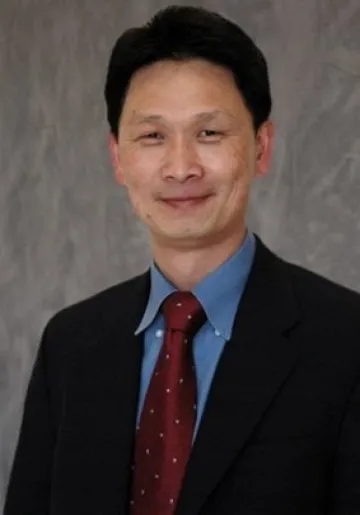Dr. James Tsai, Professor, School of Civil and Environmental Engineering, Georgia Tech
When

Abstract: Over a quarter of all fatalities are curve related. The MUTCD (Manual on the Uniform Traffic Control Devices) (FHWA, 2012) requires various horizontal alignment warning signs (curve signs) to improve curved roadway safety. However, the majority of local transportation agencies (counties and cities) have not yet met the MUTCD requirements. In addition, the current practice for assessing the MUTCD compliance of existing curve warning signs requires a lot of effort to manually inventory existing signs, and measure and verify their sign type, placement, and spacing. Therefore, there is an urgent need for a low-cost solution since the majority of local transportation agencies with limited resources cannot afford the current practice. This talk will present a cost-effective curve safety assessment methodology and technology application, developed through a competitively selected research project sponsored by the National Academy of Science (NAS) National Cooperative Highway Research Innovation Deserving Exploratory Analysis (IDEA) program and the Georgia Department of Transportation (GDOT). A cost-effective method has been developed for automatic curve sign design and MUTCD-compliant checking using low-cost mobile devices, AI and crowdsourcing technologies with a test performed on 26 miles of State Route 2 in GDOT District 1. The developed technology can also help transportation agencies to identify and prioritize the roadways for safety improvements, like High Friction Surface Treatment (HFST) with benefit-cost analysis.
Biography: Dr. James Tsai is a professor in the School of Civil and Environmental Engineering at Georgia Tech; he is also an adjunct professor in the School of Electrical and Computer Engineering at Georgia Tech. Dr. Tsai’s research focuses on 1) emerging sensing technologies, including 2D imaging, 3D lasers, 3D LiDAR, UAV, smartphones and GPS/GIS technologies; 2) data science with a special focus on ML, computer vision, and spatial analysis; and 3) infrastructure health and safety condition assessment and asset optimization. Dr. Tsai was selected as a Chinese Changjiang Scholar in 2009. Dr. Tsai’s research project has been selected for the 2017 AASHTO High-Value Research (HVR) Award because of his research team’s successful implementation of 3D laser technology and AI in a large-scale system. Since 2010, he has served as the Associate Editor of ASCE Journal of Computing in Civil Engineering.

